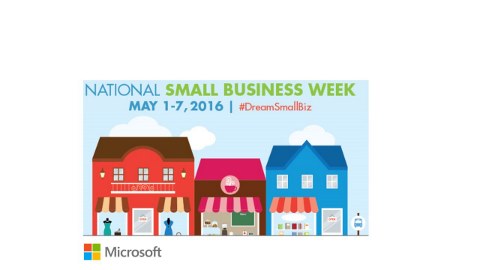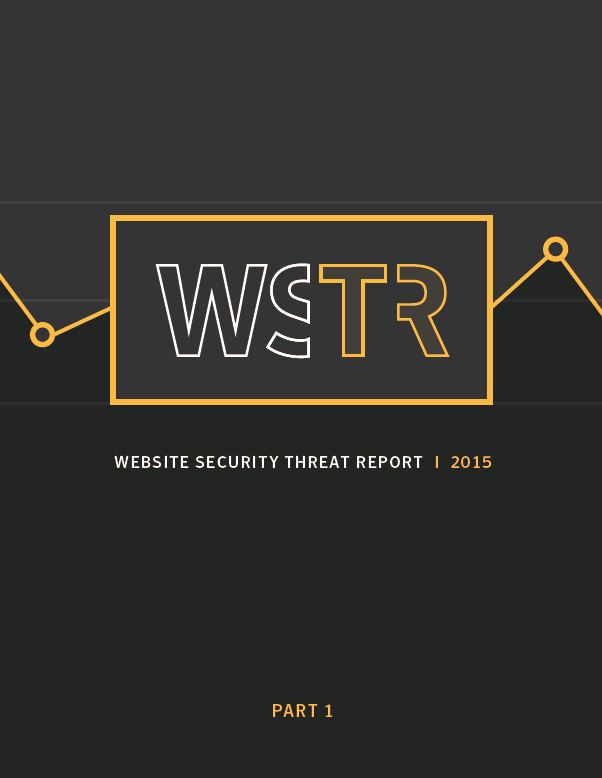By: Anurag Agrawal
For all the talk of a world predicated on software-defined resources, there is still need for capable, reliable, scalable physical infrastructure to support these software layers and the features and applications that sit atop them. The rise in virtualization has been driving an accompanying demand for converged infrastructure: products that combine processing, storage and networking into a robust and scalable unit that can support and respond to the options inherent in virtualization.
While the migration from separate server, storage and networking products to converged infrastructure is still in its early stages, the Techaisle SMB & midmarket converged infrastructure survey and corresponding Techaisle SMB & midmarket virtualization adoption trends survey shows that it is beginning to gain traction, especially within more sophisticated accounts. Data shows that 10% of small businesses and 27% of midmarket businesses (weighted data) are planning to adopt converged infrastructure. Current midmarket adoption rates for converged infrastructure are below findings for VDI but differences readily become apparent when analyzing the data from the lens of Techaisle’s segmentation by IT sophistication. Converged infrastructure adoption rises steadily with increased buyer sophistication in both the small and midmarket segments. As the market matures, we expect to see accelerated adoption of converged infrastructure across the SMB market.
What is driving converged infrastructure adoption?
While there are technical advantages that make converged infrastructure products more effective virtualization hosts than traditional servers, Techaisle’s research shows that SMB buyers adopt converged infrastructure for one or more of five primary reasons:
- .to benefit from converged infrastructure’s integrated design and efficiency,
- to tap into its ability to enable centralization/management of resources,
- to capitalize on performance/time-to-benefit advantages
- to improve IT agility and its ability to meet business needs, and
- in response to core requirements for cost savings and improved security.
Drilling down into the data Techaisle finds that core requirements inform many converged infrastructure strategies, and the benefits and efficiency of integrated solutions are also frequently cited as a driver of converged infrastructure adoption.
Two of the top six answers provided in response to the question on converged infrastructure adoption drivers concerned time to benefit; centralization and management issues. And although agility/the ability to meet business needs is the key reason for adopting cloud (including private clouds that are based on converged infrastructure), this is not currently a primary driver of converged infrastructure adoption.
To enhance the scope of comparisons Techaisle also studied data from a parallel question regarding converged infrastructure adoption that was posed to channel respondents in Techaisle’s SMB channel trends survey. This list provides yet another perspective, reflecting the situations in which the channel is drawn into converged infrastructure decisions. Big Data – which requires a relatively wide range of competencies – is the project type that will most commonly require the channel to deploy converged infrastructure systems, and SharePoint projects, which also demand a broad skill set, are the third most common project cited as a converged infrastructure adoption driver. The channel, like its buy-side SMB customers, also recognizes that data center consolidation, virtualization applications and data migration can drive demand for converged infrastructure.
Converged infrastructure selection criteria and implementation challenges
In many ways, the key market issue surrounding converged infrastructure isn’t vendor-vs.-vendor competition, but rather, the ability of converged infrastructure as a system class to gain share quickly vs. traditional server products, while not being obviated by the cloud before attaining mass market penetration. However, suppliers are competing for share in this growth category, and understanding what buyers are looking for – and what they struggle with when they adopt converged infrastructure – is important to positioning a brand as a credible solution.
The data shows that for the most part, small and midmarket firms have similar ideas concerning important attributes of a converged infrastructure supplier. Both view vendor brand/reputation, measurable system attributes (storage, memory, processing power and network bandwidth) and service/support as key issues. Midmarket firms also emphasize implementation speed as a key criterion, and are somewhat more likely (than small businesses) to focus on the ability of the new system to integrate with existing infrastructure assets.
Read More











